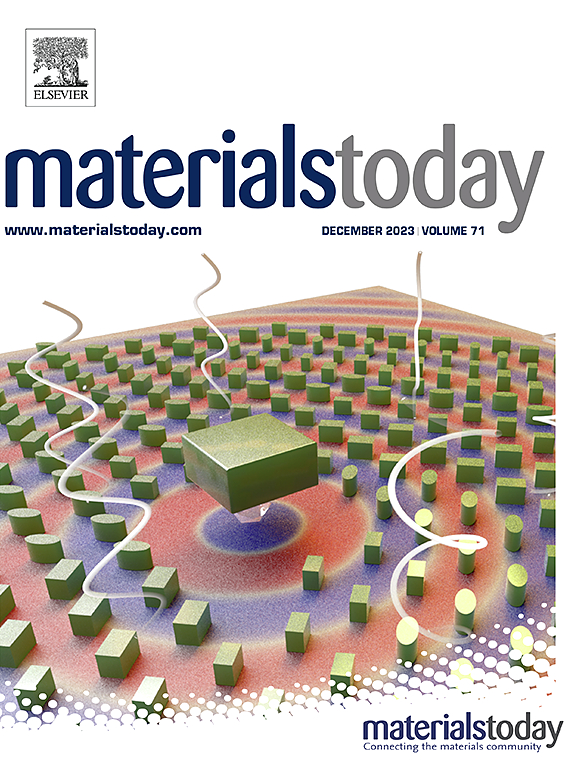Formative manufacturing of heterogeneous composite plates: a review
IF 21.1
1区 材料科学
Q1 MATERIALS SCIENCE, MULTIDISCIPLINARY
引用次数: 0
Abstract
The integration of superior characteristics from individual components achievable in heterogeneous composite plates can be achieved through optimal material configuration and combination methods. This approach results in significant enhancements in physical, mechanical, and forming properties when compared to traditional single metal plates. However, challenges such as prolonged manufacturing cycles and the complexity of coordinating interface characteristics and microstructural properties impede the rapid advancement and widespread adoption of heterogeneous composite plate manufacturing. This study offers a comprehensive overview of the primary forming methods for heterogeneous composite plates, including rolling, extrusion, welding, hot pressing, and additive manufacturing. It addresses current challenges and anticipates potential developmental directions, such as the application of specialized energy field-assisted forming techniques and the design of heterogeneous microstructures. The exploration of new resources, the expansion of innovative concepts, the establishment of novel models, the promotion of new principles, and the adoption of transformative technologies are essential for the breakthrough development of heterogeneous composite plate manufacturing. Aligning with the national innovation-driven development strategy and the requirements of major national projects remains a fundamental objective of this research direction.
异质复合板成型制造技术综述
通过优化材料配置和组合方法,可以实现异质复合板中单个部件的优势特性的集成。与传统的单金属板相比,这种方法在物理、机械和成型性能方面有了显著的提高。然而,制造周期长、协调界面特性和微观结构性能的复杂性等挑战阻碍了非均质复合板制造的快速发展和广泛采用。本研究全面概述了非均质复合材料板的主要成型方法,包括轧制、挤压、焊接、热压和增材制造。它解决了当前的挑战,并预测了潜在的发展方向,例如专门的能量场辅助成形技术的应用和异质微结构的设计。探索新资源、拓展创新理念、建立新模式、推广新原理、采用变革性技术,是异质复合板制造取得突破性发展的必要条件。对接国家创新驱动发展战略和国家重大工程要求,是本研究方向的根本目标。
本文章由计算机程序翻译,如有差异,请以英文原文为准。
求助全文
约1分钟内获得全文
求助全文
来源期刊

Materials Today
工程技术-材料科学:综合
CiteScore
36.30
自引率
1.20%
发文量
237
审稿时长
23 days
期刊介绍:
Materials Today is the leading journal in the Materials Today family, focusing on the latest and most impactful work in the materials science community. With a reputation for excellence in news and reviews, the journal has now expanded its coverage to include original research and aims to be at the forefront of the field.
We welcome comprehensive articles, short communications, and review articles from established leaders in the rapidly evolving fields of materials science and related disciplines. We strive to provide authors with rigorous peer review, fast publication, and maximum exposure for their work. While we only accept the most significant manuscripts, our speedy evaluation process ensures that there are no unnecessary publication delays.
 求助内容:
求助内容: 应助结果提醒方式:
应助结果提醒方式:


